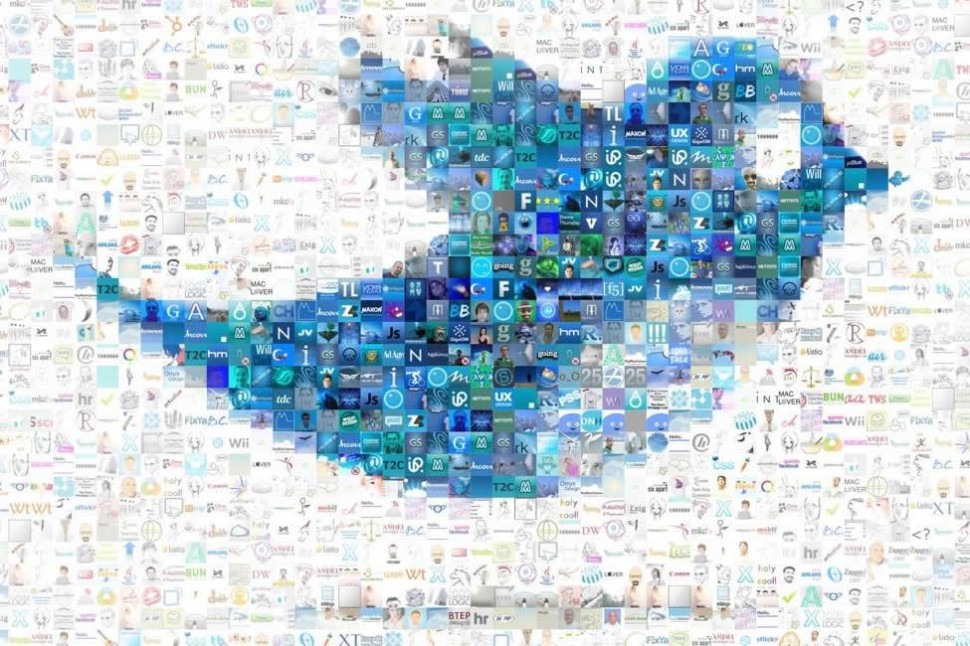On Monday, Michael Roth, the Chairman & CEO of IPG, moderated an Advertising Week panel with Rebecca Blumenstein, Deputy Editor-in-Chief, Wall Street Journal; David Pemsel, Deputy Chief Executive, The Guardian; Pete Cashmore, CEO & Founder, Mashable; and Greg Coleman, President, Buzzfeed; in which they discussed the future of the news and advertising’s role.
Trust and Mission
Throughout the event, panelists kept returning to the importance of trust—the need to consistently deliver timely but reliable information. Building and maintaining that trust with the audience is a challenge for both traditional publishers and digital upstarts; as Cashmore explained, “new media companies got the business model and distribution right and are now trying to get trust right; others got trust right and are trying to move into digital.”
If “trust” unites publishers, “mission” distinguishes them from each other: Mashable believes its community is an essential part of the platform, whereas The Guardian emphasized its 200-year history and commitment to independence.
Native Advertising
Of course, advertising remains a crucial (though sometimes controversial) revenue source for news publishers. Ideally, native advertising is simply a story about a brand. At Buzzfeed, in fact, “the creative team talks to the client… Sounds kind of like an agency,” according to Coleman. Brand sponsorship can translate into longer lead times and higher production budgets, resulting in high-quality content; Cashmore noted that some of the ads on Mashable are shared twice as much as original content. That said, panelists agreed that it’s important to maintain trust by making clear what’s sponsored content.
Organizational Culture
Attracting the best talent has always been difficult, but the popularity of startups has made it even more of a struggle. Ultimately, though, it comes back to trust and mission: if people believe in what your organization stands for, they will be inspired to produce the high-quality content publishers seek to deliver.

